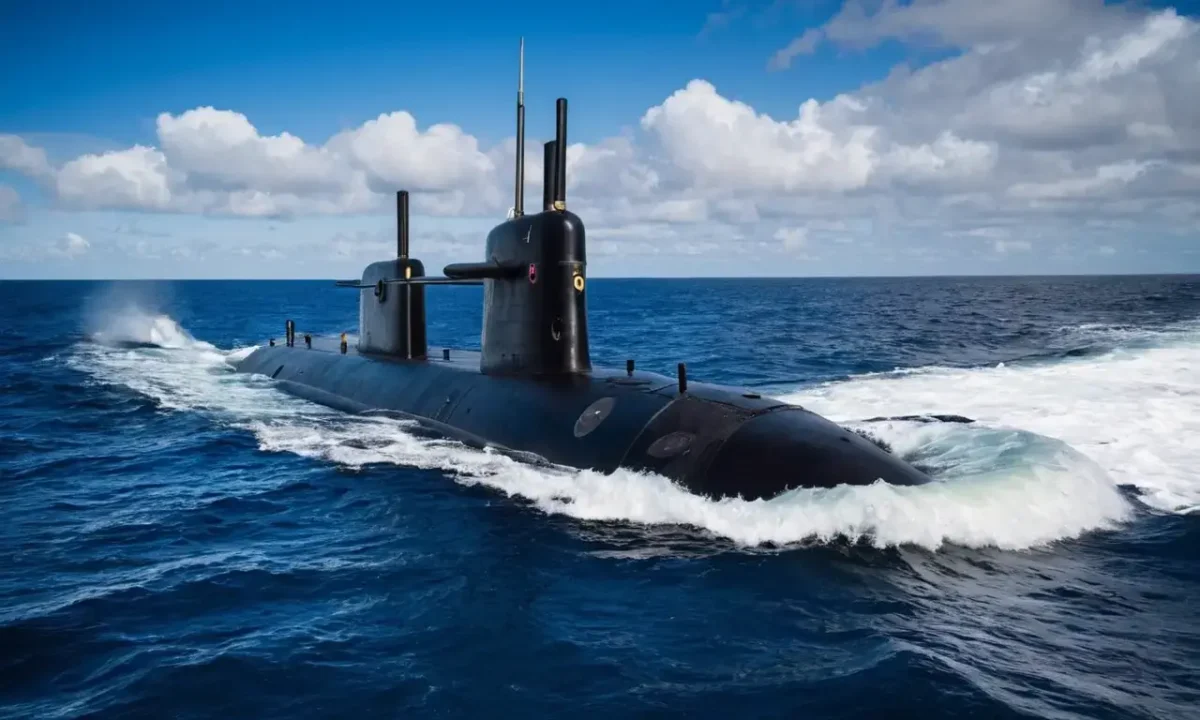
Submarines: Powering Underwater Voyages

Submarines are remarkable vessels that navigate the depths of our oceans, exploring hidden worlds and conducting vital missions. Their ability to operate underwater for extended periods is a testament to their engineering prowess and reliance on sophisticated power systems. Unlike surface ships that rely on conventional engines, submarines must find creative ways to generate power while submerged. This article delves into the fascinating world of submarine propulsion, examining the two primary power sources: diesel-electric and nuclear reactors. We'll explore how each system works, their advantages and disadvantages, and the future directions this field is taking.
The objective of this article is to provide a comprehensive understanding of how submarines are powered. By exploring both traditional diesel engines and cutting-edge nuclear technology, we aim to shed light on the complex engineering challenges involved in enabling these underwater explorers to venture into the unknown depths of our oceans.
Powering Submarines: Diesel vs. Nuclear
Submarine propulsion systems have evolved significantly over time, with two primary approaches dominating the field: diesel-electric and nuclear reactors. Each system offers distinct advantages and disadvantages, making them suitable for different missions and operational environments.
Diesel-electric submarines are the most common type, relying on a combination of diesel engines for surface operations and electric motors to propel the vessel underwater. Nuclear submarines, on the other hand, utilize nuclear reactors to generate power, allowing them to remain submerged for extended periods without needing refueling.
Leave a Reply





Related Links